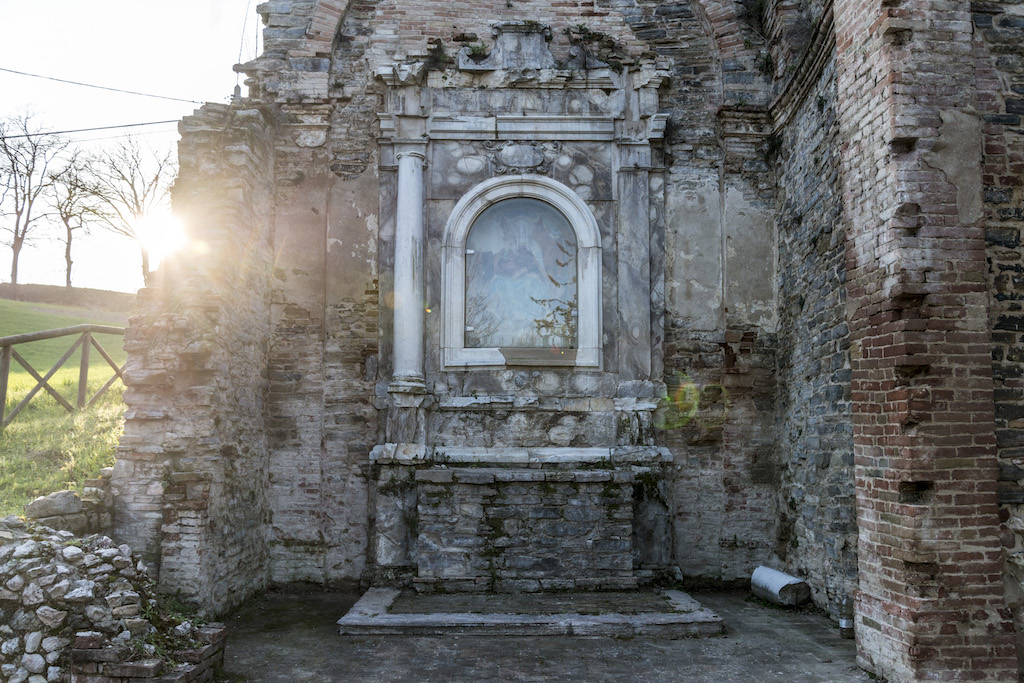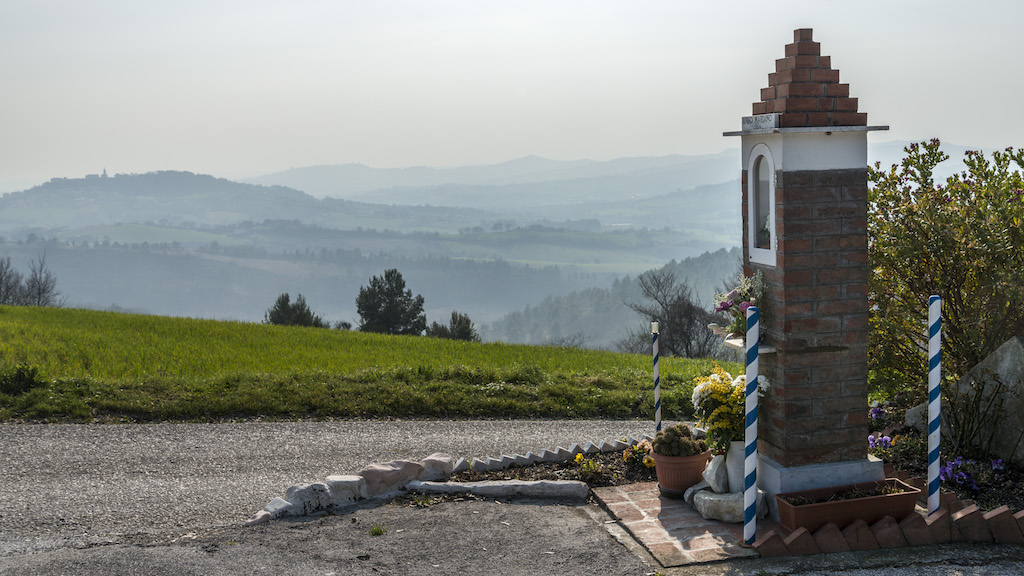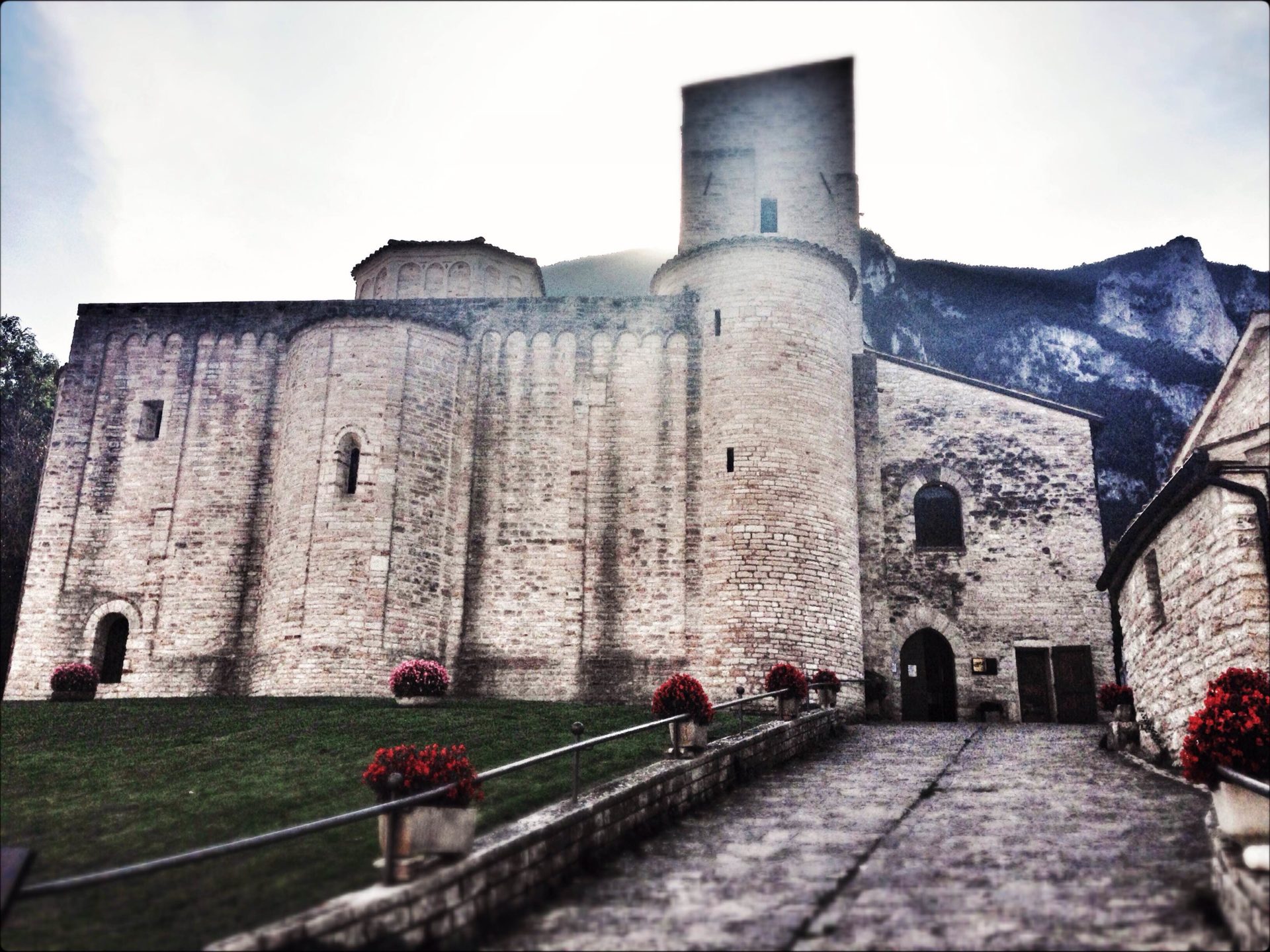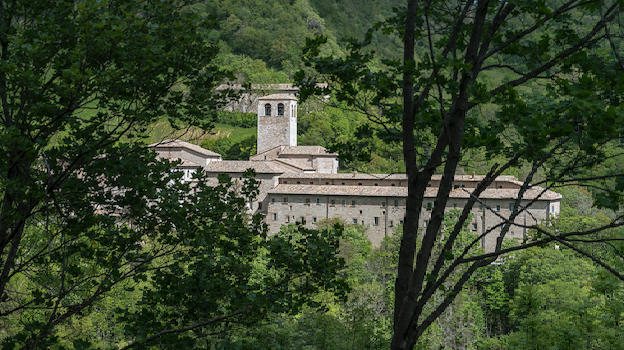Farmland “little images”
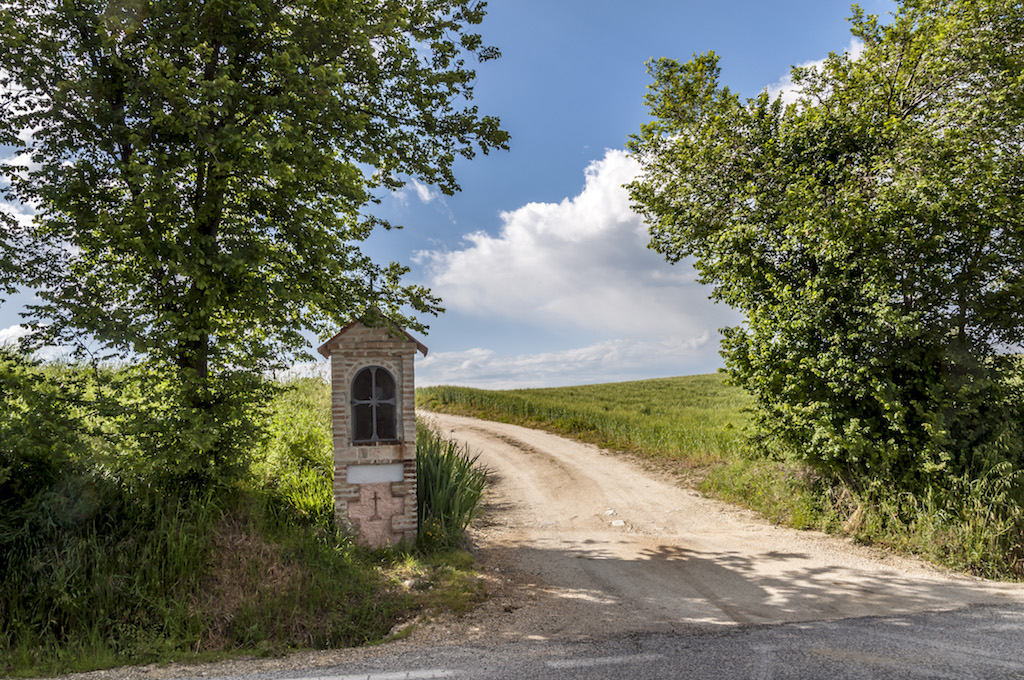
Religious niches are not an exclusive feature of Marche, as they belong to the whole Christian world and art, which offer innumerable examples of such small shrines. In Florence and most of all in Rome, for example, there are many on house façades and corners. Some authors carefully studied and praised the artistic and decorative value of the most famous of them, and with the same care told their story. Niches in Marche, placed at crossroads or by now standing in the middle of fields, where old abandoned roads have been reconquered by nature, endure a different fate. They are no longer adorned with lamps and friezes, nor are they the object of a special devotion anymore; they are neither connected with miracle legends, nor as very ancient as to deserve respect because of their age. They were built, following old traditions, with a little tympanum, which according to experts might refer to certain little Roman funeral monuments bearing a tympanum or an aedicule-like stele.
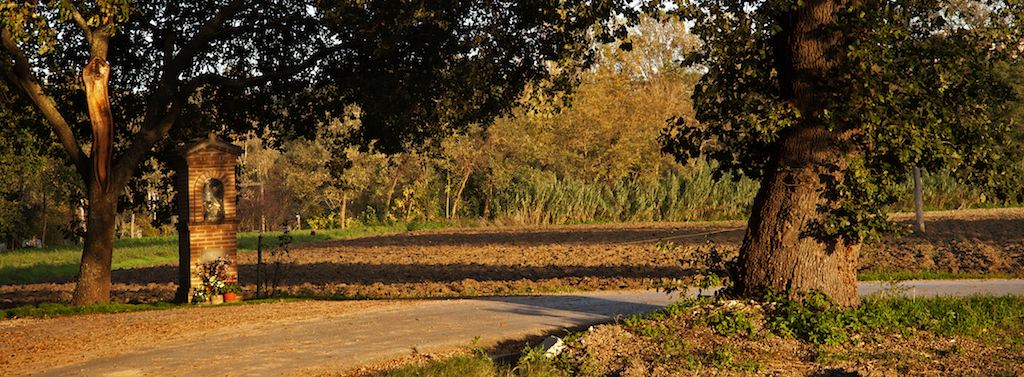
Though as simple and humble as the soul of our farmers, “figurette” (“little images”, as religious niches are usually called), still raise deep emotions, as they belong to a context where hardship and faith were thought to be inescapable necessities and the only realities of life.
Paintings of most niches, in Marche, are hardly worth noticing. Many were taken away, mostly during World War II. Niches are often empty, or else they generally contain a faded religious image on deteriorated paper. Images generally represent the Madonna, the Sacred Heart of Jesus, a saint or another object of worship. Sometimes, instead of an image there is an either plaster cast or wooden little statue; dry or plastic flowers are their poor ornament.
The lively and rich fantasy of the ancients and the fear of night darkness in the fields explain why rural niches were built: people tried to neutralize and rectify what in nature is unpleasant and disturbing and “figurette” were a tangible propitiatory presence meant to remove all dangerousness from transit points. Which does not exclude that such other events as a grace received, an avoided danger or, on the contrary, the lethal consequences of a sudden landslide or a deadly tumble from a horse might lead people to build them; still, the main reason was the wish to honour the Madonna.
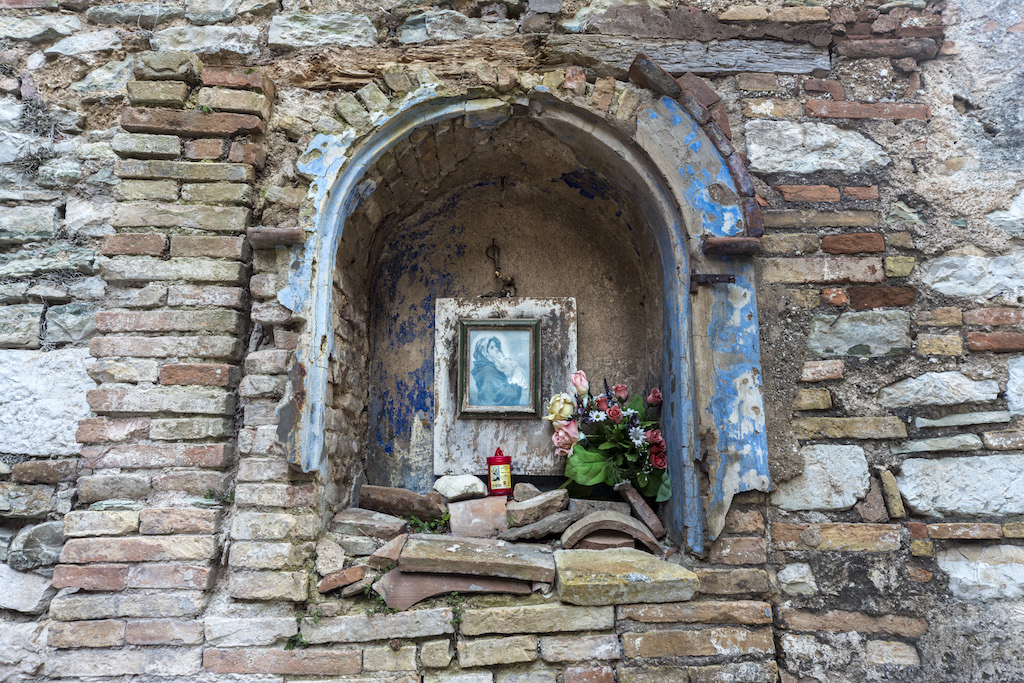
In front of niches people were used to cross themselves, men after removing their hat, and to say short prayers. In the evenings of May, peasants met in front of “figurette” to pray and chant; the night before Ascension and Christmas, bonfires and gunshot volleys were added to chants and prayers as a sign of joy.
“Figurette” may be considered as an heritage of a time when a sentimental and personal relationship existed between men and their environment, when certain traditional ideas and convictions kept people safe from the anxiety of our technological era. Nowadays, nature is considered as an mercilessly exploitable no-man’s-land. It is hurt with deforestations, fires, quarries, extermination of birds, pollution of waters, a careless creation of industrial plants.
Within a few decades, “Figurette” shall definitely disappear out of a lack of maintenance caused by the exodus of peasants and the crisis of faith, as well as by demolitions due to the enlargement and the adjustment of roads. Recording them all before it’s too late would be nice and interesting, though many are already forever lost.
di R. Orsetti
